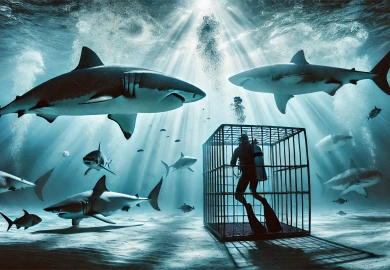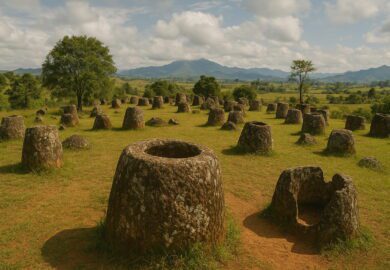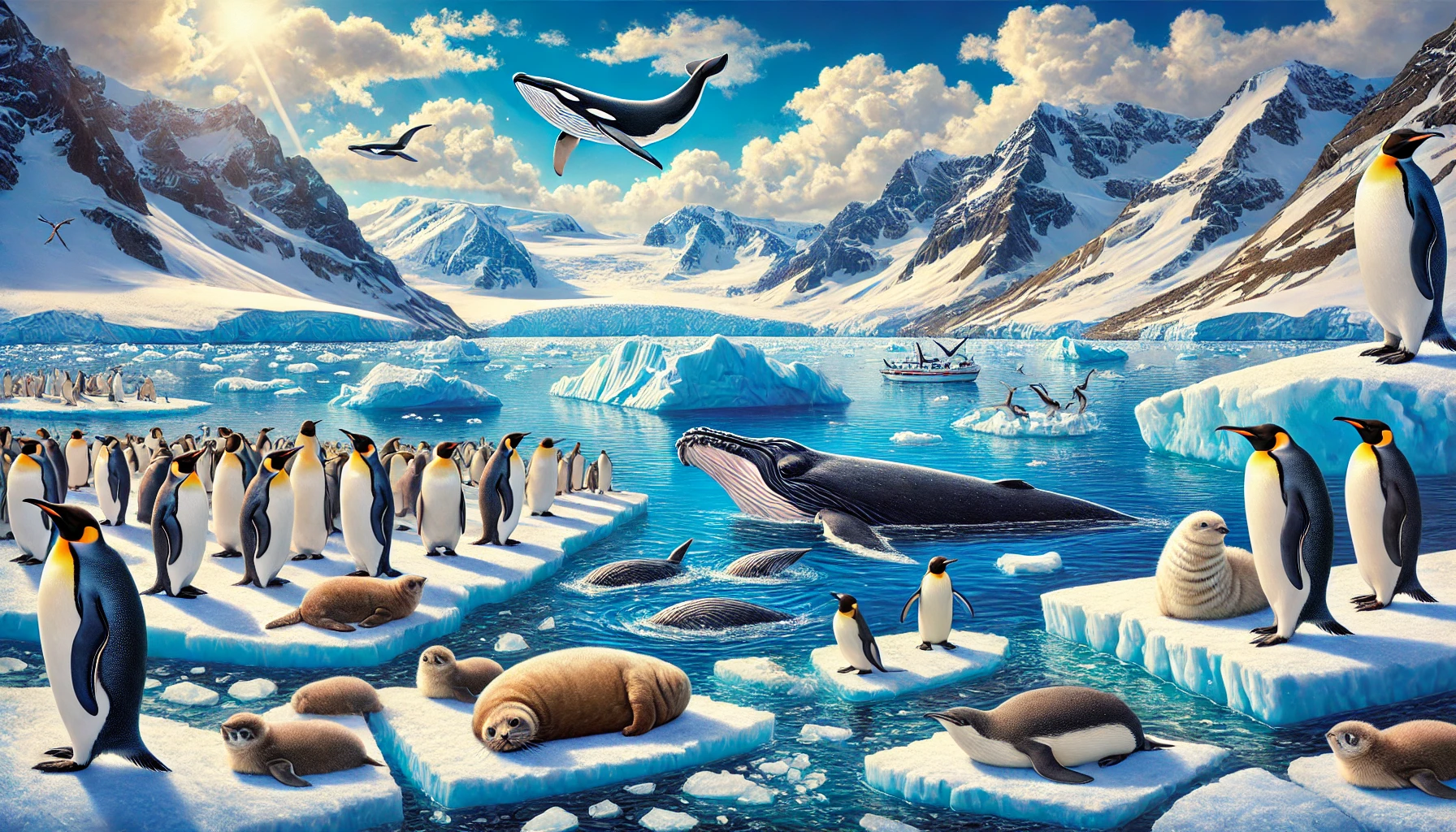
Antarctica, the southernmost continent, is an untouched icy wilderness teeming with unique wildlife. This pristine land offers a rare opportunity to observe fascinating animals in their natural habitat. Despite the harsh conditions, many species have adapted to thrive in the cold, creating an ecosystem unlike anywhere else on Earth. Here’s your ultimate guide to the incredible wildlife you can see on your Antarctic adventure.
Penguins: The Stars of Antarctica
One of the most iconic animals in Antarctica is undoubtedly the penguin. These flightless birds are synonymous with the icy continent and offer a delightful sight for visitors.
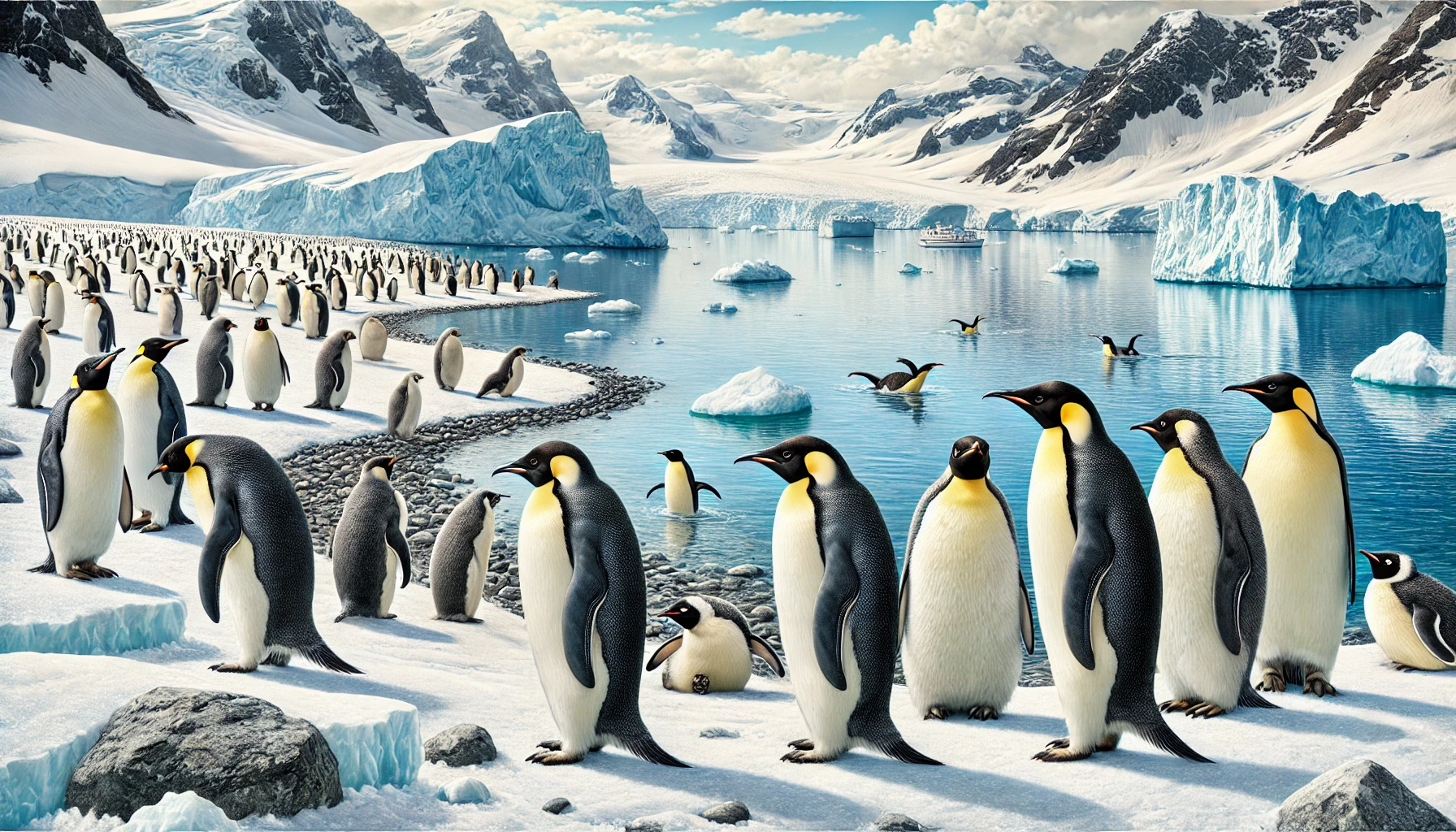
Antarctica is home to several species of penguins, including the Emperor Penguin and the Adélie Penguin. The Emperor Penguin, the largest species, stands tall at about 4 feet and is known for its remarkable endurance during the harsh winter breeding season. The Adélie Penguin, on the other hand, is a smaller species that thrives in large colonies along the Antarctic coastline.
Another species you might spot is the Chinstrap Penguin, named for the thin black band under its head. These agile birds are excellent swimmers and often seen diving into the icy waters in search of food. Watching a penguin waddle on land or dive gracefully into the ocean is a heartwarming experience.
Visiting the Antarctic Peninsula during the summer months offers the best chance to see penguin colonies. You’ll find them engaged in activities ranging from caring for their chicks to fishing in the surrounding waters.
Whales: Giants of the Antarctic Waters
The Southern Ocean surrounding Antarctica is a haven for various whale species, making it a prime destination for whale watching. The majestic Humpback Whale is a frequent visitor to Antarctic waters, known for its acrobatic breaches and soulful songs. These gentle giants migrate to the region during the summer months to feed on krill, which is abundant in the cold waters. Orcas, or killer whales, are another spectacular sight. These apex predators are known for their intelligence and hunting prowess, often seen in pods navigating the icy seas.
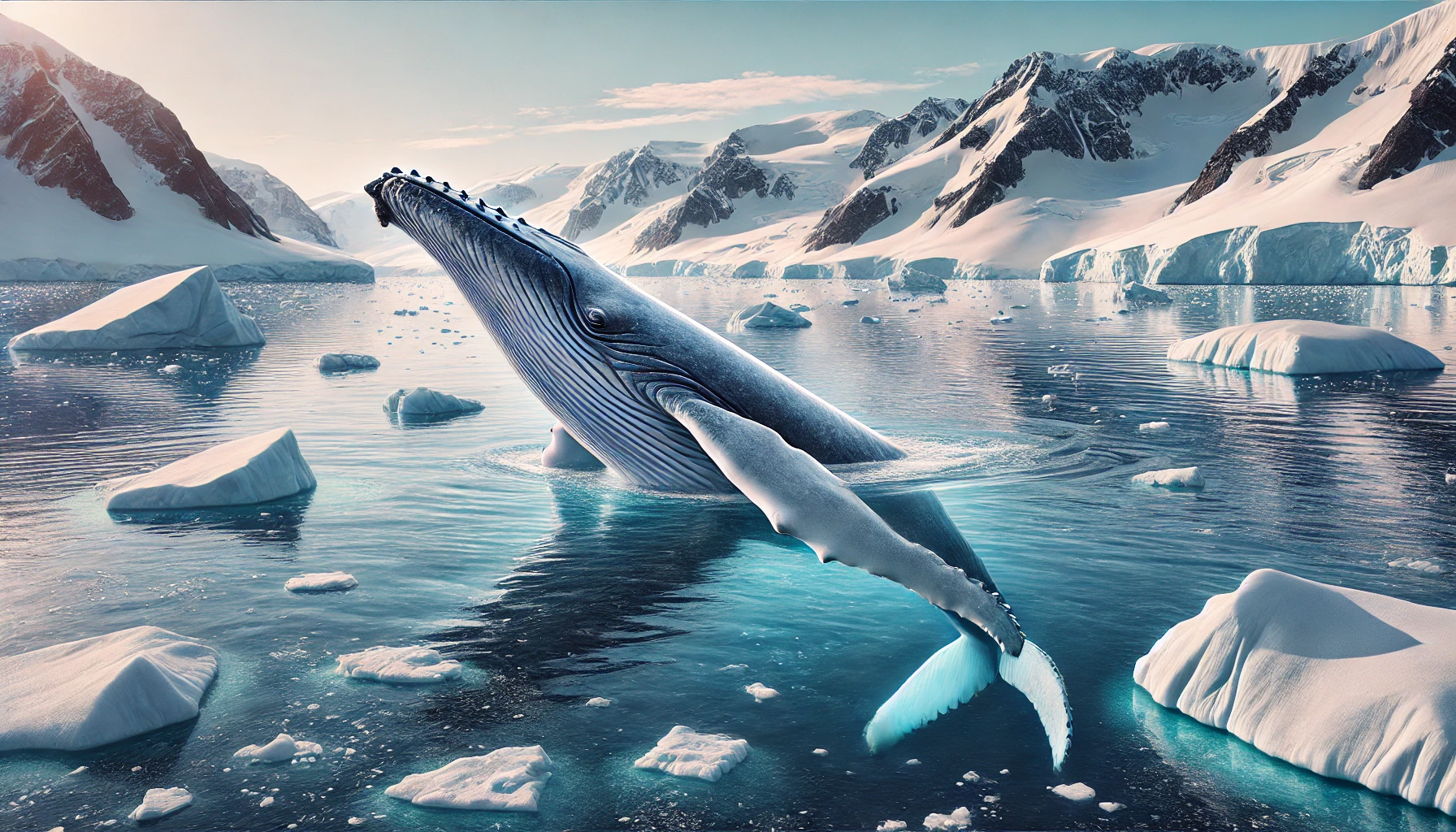
The Antarctic Minke Whale, a smaller but equally fascinating species, is commonly spotted in the area. These whales are curious by nature and sometimes approach boats, offering an up-close encounter with these magnificent creatures.
If you’re interested in whale watching, the best time to visit Antarctica is between January and March when sightings are most frequent. Make sure to have your camera ready to capture these unforgettable moments.
Seals: Masters of the Ice
Seals are among the most adaptable animals in Antarctica, with several species calling the icy continent home.
The Weddell Seal is one of the most common species found in Antarctica. These seals are well-known for their ability to dive deep into the frigid waters, sometimes reaching depths of over 2,000 feet. Another fascinating species is the Leopard Seal, a top predator known for its sleek body and spotted coat. Despite their fearsome reputation, they are often seen lounging on ice floes, making for a striking photograph.
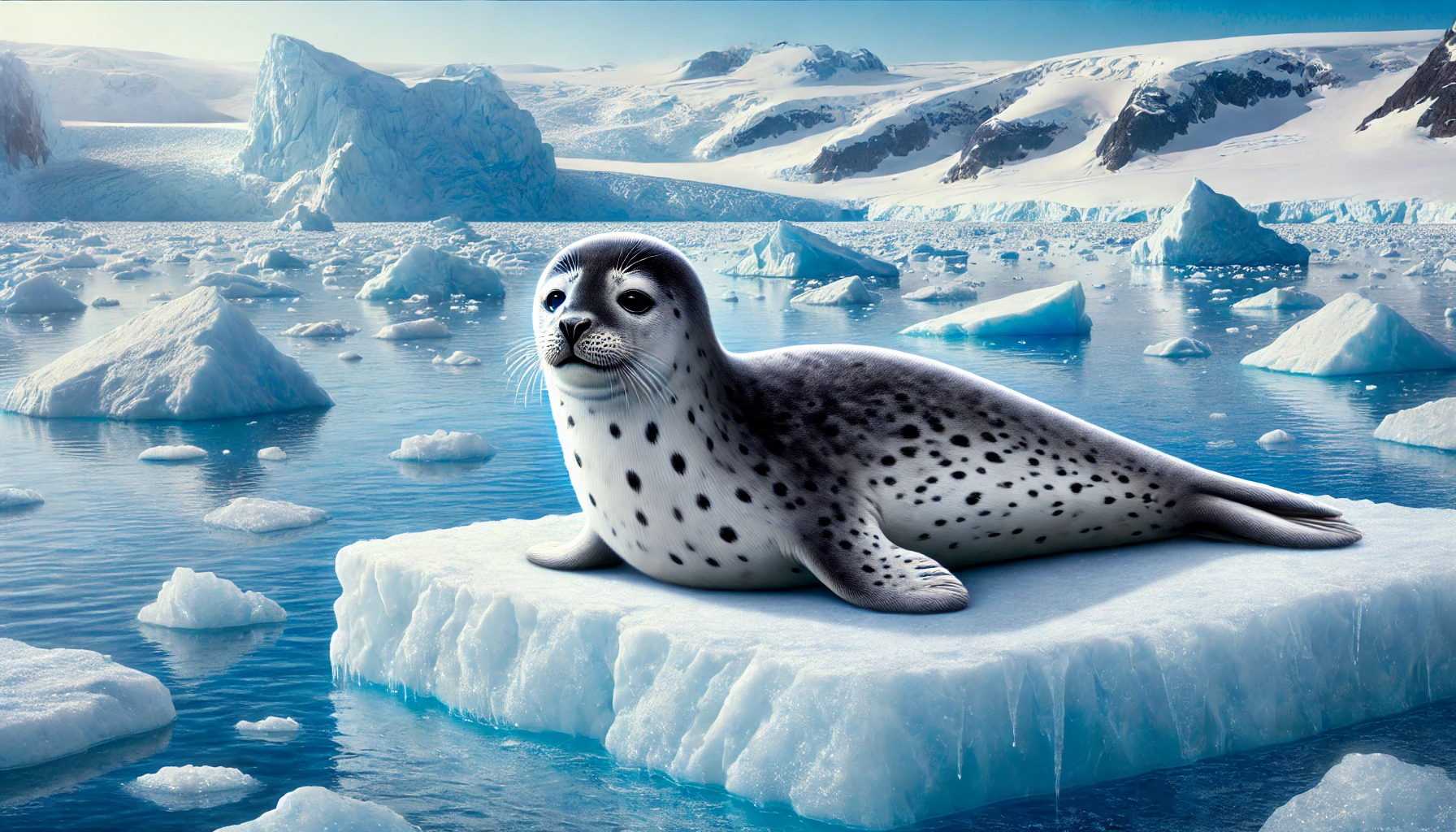
Crabeater Seals, despite their name, primarily feed on krill and are incredibly abundant in Antarctica. They are excellent swimmers and can often be seen basking on the ice during the summer months. Ross Seals and Elephant Seals also inhabit the area, each with unique behaviors and adaptations that make them perfectly suited to this extreme environment.
Exploring the icy landscapes and spotting seals in their natural surroundings is a highlight of any Antarctic expedition. Their playful nature and unique habits are a joy to observe.
Birds: A Diverse Array of Winged Marvels
Apart from penguins, Antarctica hosts a variety of other bird species that add to the region’s rich biodiversity.
The majestic Wandering Albatross, with its impressive wingspan of up to 11 feet, is a common sight in the skies over the Southern Ocean. These birds are known for their long flights, sometimes traveling thousands of miles in search of food. Another fascinating species is the Snow Petrel, a small white bird that blends seamlessly with the snowy landscape. They are often seen gliding effortlessly above the ice, creating a serene and magical scene.
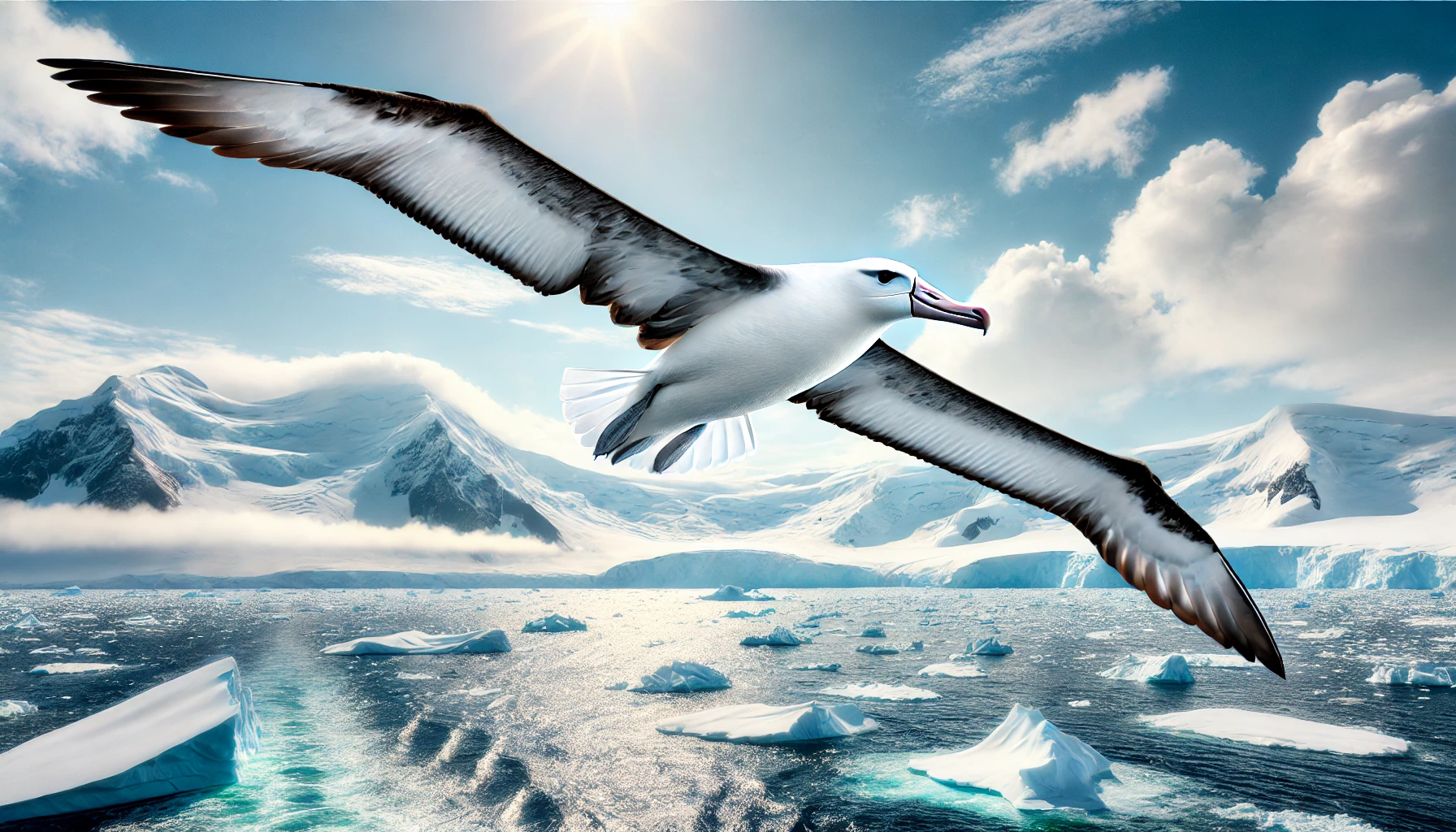
The Antarctic Skua, a robust seabird, is known for its aggressive behavior, especially around penguin colonies where it preys on eggs and chicks. Other species like the South Polar Skua and Cape Petrels also inhabit the region, each contributing to the dynamic ecosystem of the Antarctic.
Birdwatching in Antarctica is a rewarding experience. The diversity of species and their ability to survive in such a harsh environment is a testament to nature’s resilience and adaptability.
Conservation Efforts: Protecting Antarctic Wildlife
As climate change and human activity increasingly impact the Antarctic ecosystem, conservation efforts have become more critical than ever.
Organizations like the Antarctic Treaty System and the Commission for the Conservation of Antarctic Marine Living Resources (CCAMLR) work tirelessly to protect the unique wildlife of this icy continent. Their efforts include regulating fishing, protecting marine habitats, and monitoring the effects of climate change on the fragile ecosystem.
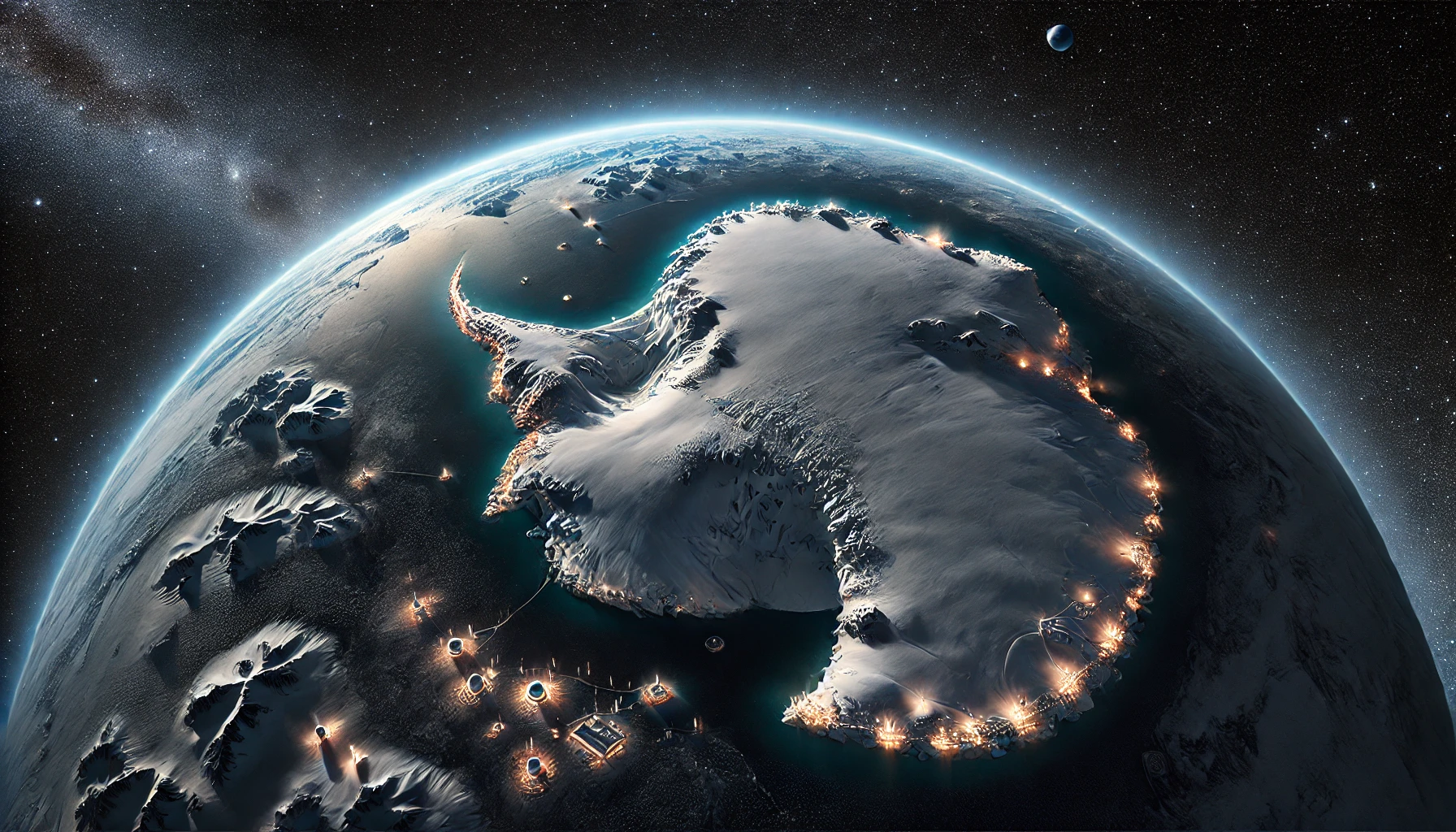
Visitors to Antarctica are encouraged to follow strict environmental guidelines to minimize their impact on the region. By respecting these rules, you can help ensure that future generations can enjoy the beauty and wonder of Antarctic animals.
Exploring Antarctica offers a rare glimpse into a world untouched by human civilization. The wildlife here is not only fascinating but also serves as a reminder of the importance of preserving our planet’s natural wonders. Whether it’s the sight of a penguin colony, the song of a whale, or the grace of an albatross in flight, the experiences you’ll gain are truly unforgettable.

